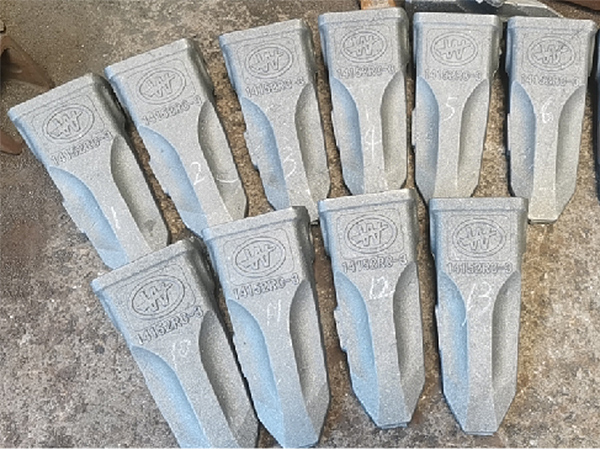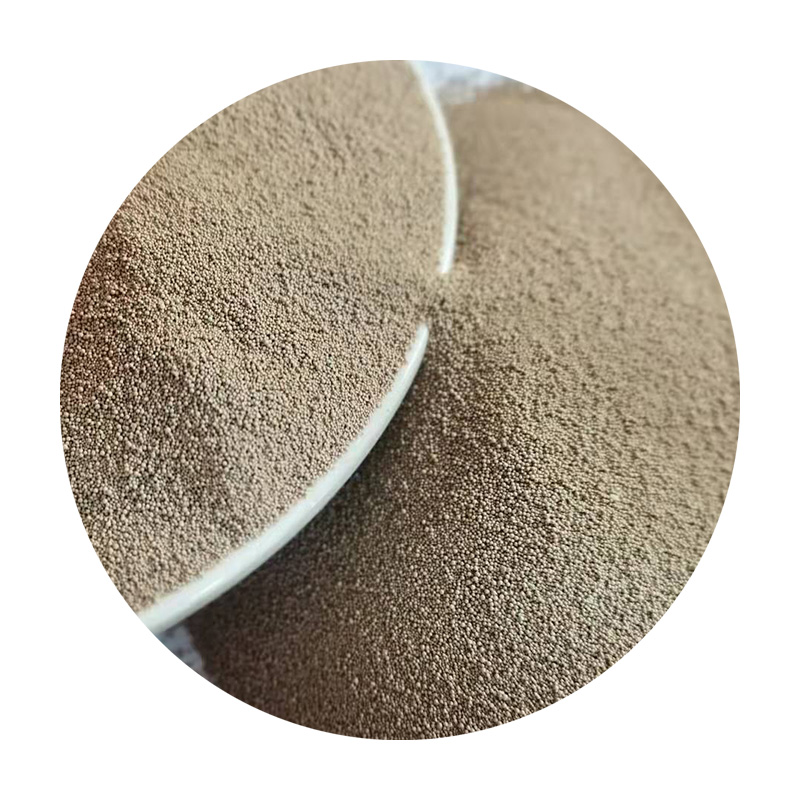

A specialized focus on binder types and their compatibility with sand is often mentioned in expert discussions on production efficiency. Binder selection must match the thermal demands of the cast metal, ensuring cohesion under extreme conditions. Professionals often look towards advanced synthetic resins that offer flexibility and superior bond strength to meet high-spec casting requirements. Experienced metallurgists and foundry engineers unanimously recommend continuous testing and calibration of binder and sand compatibility to ensure alignment with contemporary casting trends and material innovations. One cannot overlook the importance of recyclability and environmentally-friendly practices in the context of foundry sand. With global emphasis on sustainable industrial practices, adherence to eco-friendly specifications without compromising product quality is paramount. Techniques to reduce and recycle used sand efficiently have been innovated, providing not just a reduction in waste but also a significant cost-saving opportunity. Real-world case studies highlight foundry units that have successfully integrated circular economy models into their operations, achieving substantial reductions in new sand requirements through innovative reconditioning processes. Trustworthiness in choosing the right foundry sand comes with ensuring supplier credibility and traceability. Renowned foundry operations prefer long-term partnerships with suppliers that demonstrate adherence to quality control, documentation transparency, and responsiveness to changing industrial regulations and customer specifications. In summary, understanding and adhering to comprehensive foundry sand specifications entails more than selecting the right grain size or chemical composition. It requires a harmonious integration of expertise, empirical data, and industry standards—ensuring that each cast product meets rigorous quality benchmarks while aligning with environmental and economic sustainability goals. This synthesis of real-world experience, scientific analysis, and trusted industry standards provides a robust foundation for achieving superior casting outcomes within the global foundry industry. Post time:Şub . 07, 2025 01:46
Next:foundry sand service
